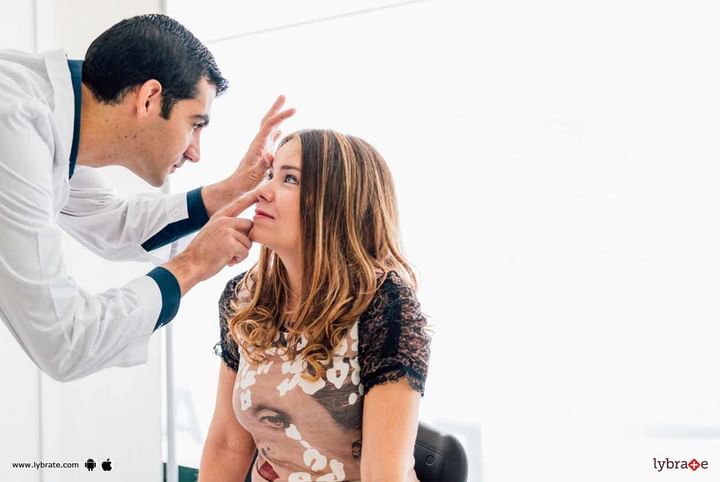Cornea Disorders - What To Do?
Some of the common conditions that affect the cornea are as below :
1) Injuries - In case of a minor injury and scratch the cornea has the capability to heal on its own. But in case of deeper injuries there might be corneal scarring, leading to a haze in the cornea along with impaired vision. In case of deep injury you could experience pain in the eye, sensitivity, reduced vision, inflammation of the eye, headache, vomiting and nausea.
2) Allergies - The common allergies that affect the eye are related to pollen, especially in the warm and dry weather. Symptoms are burning sensation, redness of the eye, itching, and watery discharge. These symptoms can be reduced by antihistamine decongestant eye drops. Rain and cold weather also improve the symptoms.
3) Keratitis - This is the inflammation of the cornea. Though infection is a common cause of keratitis, non-infectious keratitis is due to minor injuries and wearing the contact lenses for too long. Infectious keratitis is mainly due to parasites, fungi, viruses and bacteria. These can be treated with antibacterial eye drops.
4) Dry Eye - This is a condition where the eye produces less tears and is unable to keep the surface of the eye lubricated. The symptoms of this are scratchy feeling due to the dryness of the eye, along with a burning and stinging sensation of the eye.
Some common diseases affecting the cornea are as below :
1) Herpes Zoster - This is basically the reactivation of the varicella zoster virus. This virus also causes chickenpox and if you have had chicken pox then the virus can live in the nerve cells and become activated later in life. The virus might travel through the nerves to the cornea, affecting the cornea.
2) Iridocorneal endothelial syndrome - This is more common in women aged 30-50 years. It has three features: glaucoma, swelling of the cornea, and changes of the iris.
3) Pterygium - This is the pinkish, triangular tissue growth, which occurs on the cornea. This might grow slowly throughout life. This is commonly seen in sunny weather in adults aged between 20-40 years.
Treatment options for corneal disorders are as below :
1) Laser surgery - Phototherapeutic keratectomy is a surgical technique. In this UV light is used to restore and reshape the cornea. This is used to treat corneal dystrophies and recurrent erosions.
2) Anterior lamellar keratoplasty and endothelial lamellar keratoplasty - This procedure removes the damaged or diseased endothelial tissue which is then replaced by the healthy tissue from a donor.
3) Corneal Transplant Surgery - This removes the damaged part of the cornea and then it is replaced by the healthy tissue through a donor.
4) Artificial Cornea - Keratoprosthesis is usually known as the artificial cornea. This is an option for people who have not had a successful tissue implant.



+1.svg)
